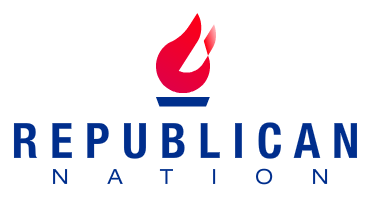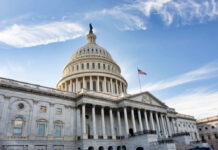
The Consumer Financial Protection Bureau (CFPB) said in a report Thursday that the interest credit card companies charge on revolving credit loans is costing U.S. consumers $25 billion more every year on top of the retail price of their purchases, a record high for the credit card industry.
Interest payments on credit card debt include the federal target funds rate that the U.S. Federal Reserve sets, plus an additional rate added to the fed rate as a fee for the lender. The CFPB warns that those additional margin rates have been rising.
CAUTION: Credit card interest rates have skyrocketed to a shocking 21.47%
Moreover, credit card debt has surpassed the shocking $1 trillion mark
And personal interest payments have soared to over $550 billion
At this rate, the consumer is heading for trouble
To make matters… pic.twitter.com/LxlZ9sRwzr
— Game of Trades (@GameofTrades_) February 22, 2024
“The APR on most credit card accounts can be viewed as being composed of the prime rate and the APR margin. The prime rate … represents a good proxy for banks’ funding costs, which have increased in recent years. But credit card issuers have also sharply increased average APRs beyond changes in the prime rate,” CFPB wrote.
The CFPB said that the additional mark-up rates added by lenders, called the annual percentage rate (APR) margin, add to consumer costs by billions of dollars. Major credit card issuers have bumped APR margins up by 4.3% over the past 10 years, CFPB reported.
Rather than economies of scale and mass efficiency driving down rates for credit card loans from major lenders, the CFPB reports that large card issuers that dominate the global market for credit cards charge higher rates than local banks and credit unions.
The CFPB warned: “Since finance charges are typically part of the minimum amount due, this additional interest burden may push consumers into persistent debt, accruing more in interest and fees than they pay towards the principal each year — or even delinquency.”
The bureau says the profitable business makes money from “high levels of concentration in the consumer credit card market and evidence of practices that inhibit consumers’ ability to find alternatives to expensive credit card products. These practices may help explain why credit card issuers have been able to prop up high-interest rates to fuel profits.”
According to data from the Federal Reserve Bank of New York, total U.S. household debt has grown by more than 24% since pre-pandemic and is now $17.5 trillion.














